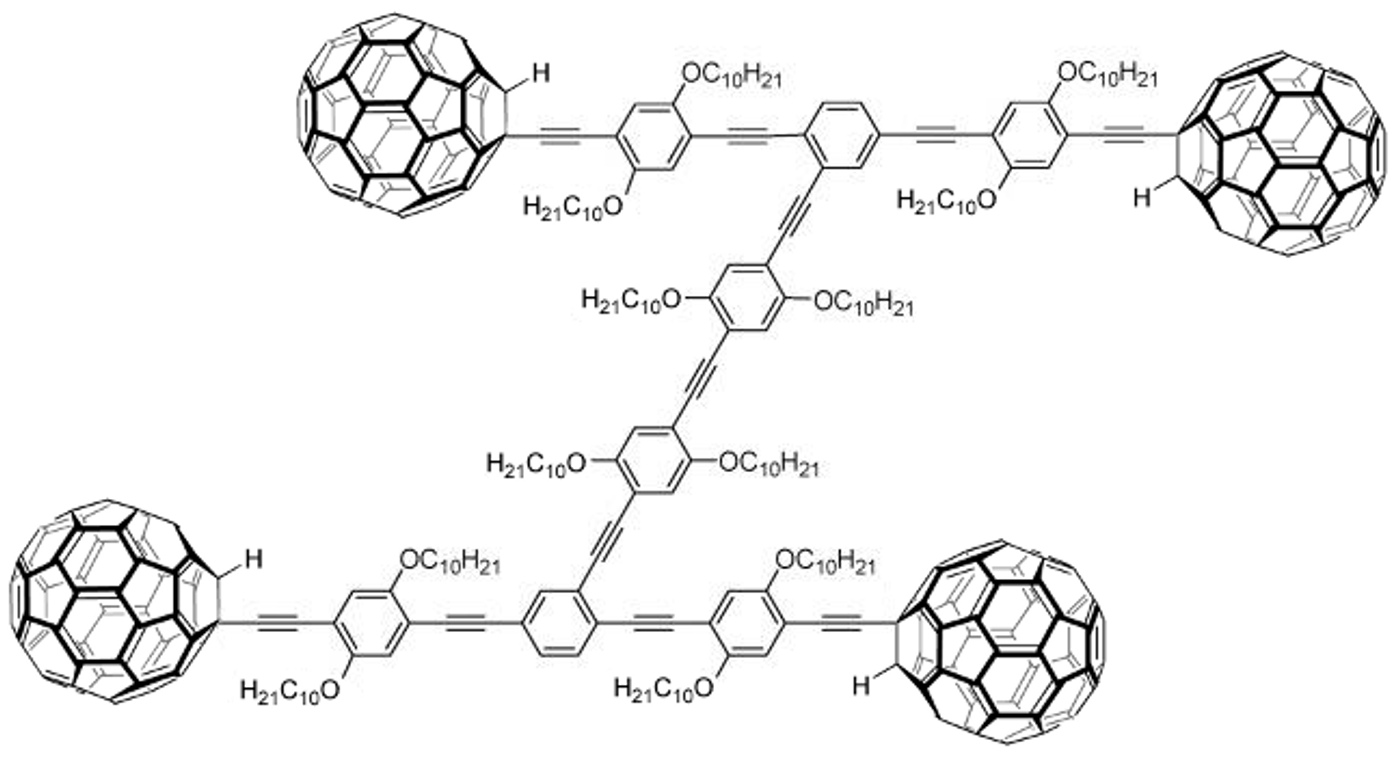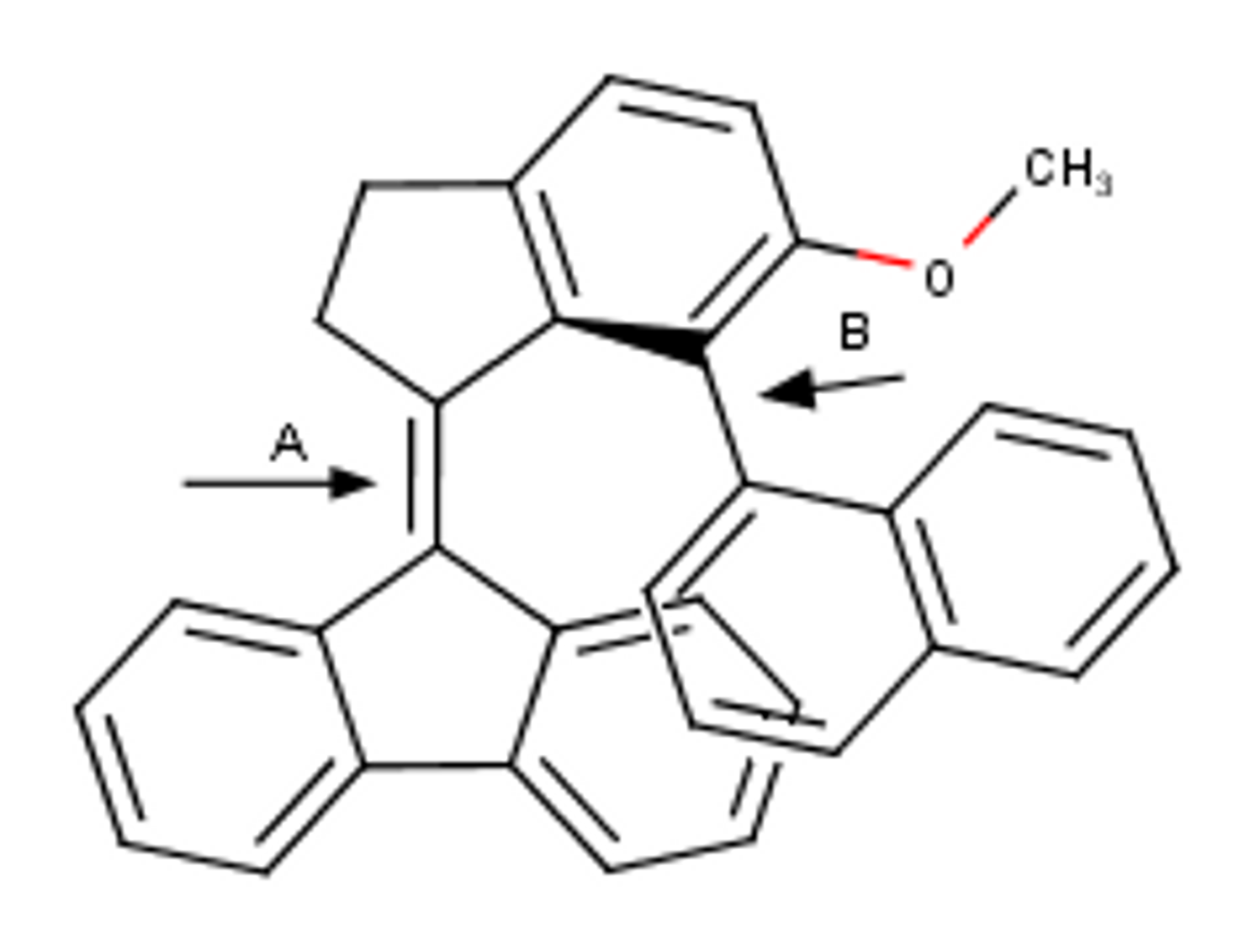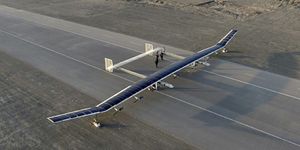Big Buzz from Tiny Motors
Molecular motors are molecule-sized machines that are capable of transforming an energy source (chemical, light, heat, etc) into kinetic motion, and the human body has millions of them. Take the ATP synthase for example, it works like a miniature rotary motor. Powered by the proton gradient across the inner mitochondrial membrane, these protein-based biological motors turn ADP into ATP - the energy currency.
The idea of a synthetic motor was first proposed by the nanotechnology pioneer Richard Feynman. This concept was largely intriguing because it can provide kinetic energy and mobility to miniature human-made machines. A prototype model driven by chemical reactions was first developed by a research team led by T. Ross Kelly from Boston College. Their design consists of a three-bladed triptycene rotor and a helicene. The motor is capable of rotating 120 degree and each rotation involves 5 chemical reactions. Dutch chemist Ben L. Feringa and his group tried a different approach. They created a light-driven motor that is made of a bis-helicene molecule with an alkene axial. The motor finishes a 360-degree rotation with a 4-step photoisomerization-dictated process. The principle of Feringa’s design was later incorporated into the development of an early generation nanocar. For his exceptional contribution to molecular motor, Ben L. Feringa received the Nobel Prize in Chemistry in 2016.
Structure of Nanocar with C60 fullerene wheels. Credit: wikipedia/James Tour Research group
Related reading : nanocar and nanocar race
Synthetic molecular motor-rotor machine driven by light. A, motor axial. B, rotor axial. Credit: the Feringa Research group
Recently the team led by the Nobel laureate created a more sophisticated motor design - a molecular motor coupled to a rotor. This motor-rotor combo has three main body components: a fluorenyl group (the stationary base), an indany group (the motor), and a naphthyl group (the rotor). How does this new complex yet small machine work? Try picturing a horizontally rotary ride in the amusement park: it has a main motor axial through which the primary rotation happens, and a rotor axial that allows secondary rotation. What is marvelous about this design is that the motor and rotor are perfectly synchronized – they always face each other at the same side during movement. When both parts finish one round of rotation, and they generate motion to propel the body forward on a single direction.
To explain the idea behind this design, Ben Feringa said: “This is fundamental research about how to control motion at the molecular level and how then to use it to synchronize motion and amplify motion.” The synchronized rotation can only be achieved by coupling motion and preventing free rotation of the rotor, as he pointed out. For the future, Feringa’s group is expecting to create machinery that can amplify the molecular machines’ motion to larger movements or transmit motion over longer distances.
Source: Chemical & Engineering News










